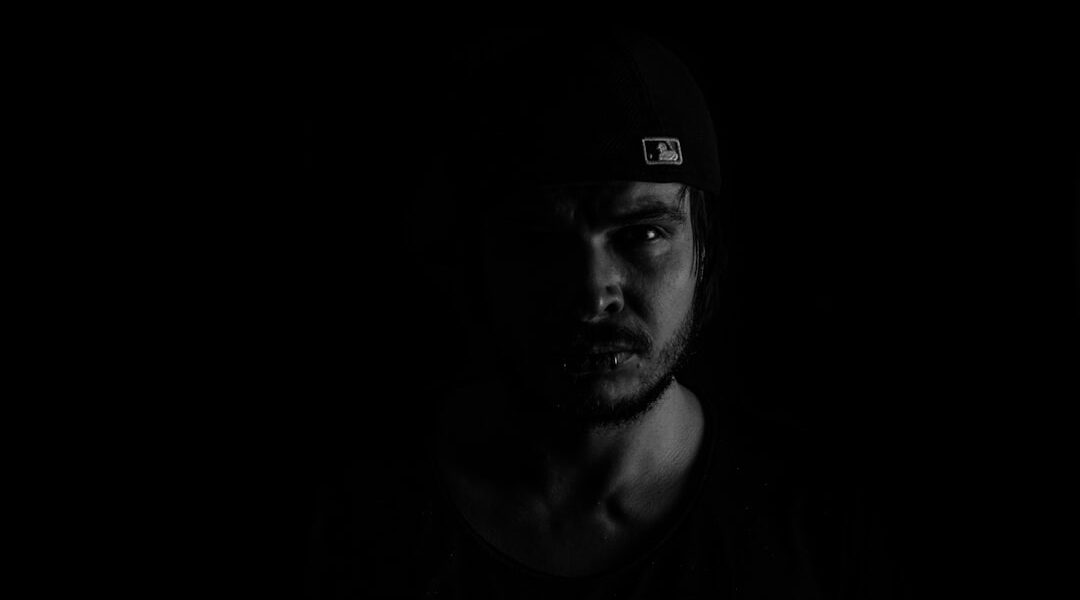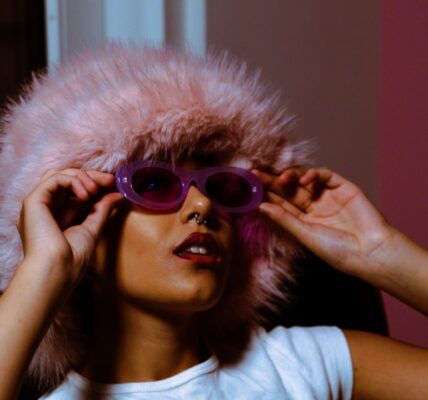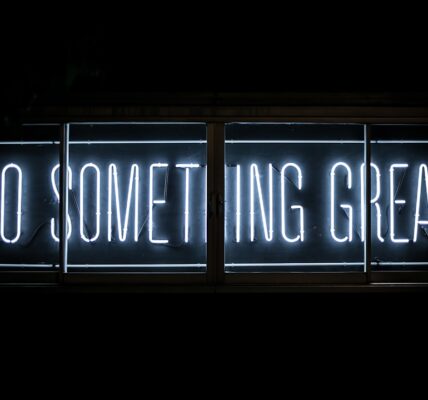In the fashion industry, a visually appealing resume is crucial for making a strong first impression on potential employers. A well-designed resume demonstrates creativity, attention to detail, and an understanding of current design trends, all of which are highly valued in this field. It serves as a reflection of the applicant’s personal brand and showcases their unique style and aesthetic sensibilities.
A stylish resume can set candidates apart in a competitive job market by highlighting their ability to think innovatively and communicate visually. This is particularly important in roles such as design, marketing, and merchandising, where visual communication skills are essential. The resume becomes a portfolio piece in itself, illustrating the applicant’s proficiency with design principles and current technologies.
Furthermore, a visually striking resume can effectively convey an applicant’s personality and individuality, traits that are highly regarded in an industry that values self-expression and creativity. By presenting information in an aesthetically pleasing and organized manner, candidates can demonstrate their understanding of the fashion industry’s visual language and their ability to stay current with industry standards. Ultimately, a stylish resume in the fashion industry is more than just a list of qualifications; it is a powerful tool for showcasing one’s skills, creativity, and personal brand.
It can make a lasting impression on hiring managers and significantly enhance a candidate’s chances of standing out in a field where image and presentation are paramount.
Key Takeaways
- A stylish resume is crucial in the fashion industry to showcase creativity and attention to detail.
- Craft a fashion-focused objective statement to demonstrate passion and commitment to the industry.
- Showcase fashion industry experience and skills to highlight relevant expertise and knowledge.
- Highlight fashion-related education and training to emphasize qualifications and dedication to the field.
- Include a portfolio of fashion work to provide tangible evidence of creativity and talent.
Crafting a Fashion-Focused Objective Statement
Communicating Your Career Goals and Aspirations
When applying for a role in the fashion industry, it’s essential to include an objective statement that is tailored to the specific position you’re applying for. This statement should clearly convey your career goals and aspirations within the fashion industry, showcasing your passion for fashion and demonstrating your understanding of the industry.
Tailoring Your Objective to the Role
Whether you’re applying for a design, marketing, or retail position, your objective statement should reflect your interest in that particular area of the industry. For instance, if you’re applying for a design role, your objective statement could highlight your passion for creating innovative and trend-setting designs. If you’re applying for a marketing position, your objective statement could emphasize your interest in leveraging social media and digital marketing strategies to promote fashion brands.
Highlighting Your Unique Skills and Qualifications
In addition to showcasing your passion and interest in the fashion industry, your objective statement should also highlight your unique skills and qualifications that make you a strong candidate for the role. This could include specific technical skills, such as proficiency in design software or knowledge of fashion trends, as well as soft skills like creativity, attention to detail, and strong communication abilities. By crafting a fashion-focused objective statement, you can demonstrate to potential employers that you are not only passionate about the industry but also have the skills and qualifications to excel in the role.
Showcasing Fashion Industry Experience and Skills

When applying for a job in the fashion industry, it’s crucial to showcase any relevant experience and skills that make you a strong candidate for the role. Whether you have previous experience working in fashion design, retail, marketing, or merchandising, highlighting these experiences on your resume can demonstrate to potential employers that you have a solid understanding of the industry and are well-equipped to excel in the role. This could include internships, freelance work, or full-time positions within the fashion industry.
By showcasing your experience, you can provide concrete examples of how you have contributed to the industry and developed valuable skills that are applicable to the role you’re applying for. In addition to highlighting your experience, it’s important to showcase any specific skills that are relevant to the fashion industry. This could include technical skills such as proficiency in design software, pattern-making, or garment construction, as well as soft skills like creativity, attention to detail, and trend forecasting.
By showcasing these skills on your resume, you can demonstrate to potential employers that you have the expertise and abilities necessary to succeed in the fashion industry. Overall, showcasing your experience and skills on your resume is essential for demonstrating your qualifications and making a strong case for why you are the ideal candidate for the role.
Highlighting Fashion-Related Education and Training
| Program | Location | Duration | Cost |
|---|---|---|---|
| Fashion Design Certificate | New York, USA | 1 year | 10,000 |
| Textile Design Course | London, UK | 6 months | £8,000 |
| Fashion Marketing Diploma | Paris, France | 2 years | €15,000 |
In addition to showcasing your experience and skills, highlighting any fashion-related education and training on your resume is essential for demonstrating your qualifications for a role in the fashion industry. Whether you have a degree in fashion design, merchandising, marketing, or another related field, including this information on your resume can show potential employers that you have received formal training and education in the industry. This can be particularly important for entry-level candidates who may not have extensive work experience but have completed relevant coursework or training programs.
In addition to formal education, it’s also important to highlight any additional training or certifications that are relevant to the fashion industry. This could include workshops, seminars, or specialized training programs focused on specific areas of fashion such as trend forecasting, sustainable fashion practices, or digital marketing for fashion brands. By highlighting these educational experiences on your resume, you can demonstrate to potential employers that you have taken proactive steps to further develop your skills and knowledge within the industry.
Overall, highlighting your fashion-related education and training on your resume is essential for demonstrating your commitment to the industry and showcasing your qualifications for a role in fashion.
Including a Portfolio of Fashion Work
For many roles in the fashion industry, including a portfolio of your work is essential for showcasing your creative abilities and demonstrating your experience within the industry. Whether you’re a designer, stylist, photographer, or marketer, having a portfolio of your work can provide tangible examples of your skills and expertise. This could include photographs of garments you’ve designed, marketing campaigns you’ve worked on, styling projects you’ve completed, or any other relevant work samples that demonstrate your abilities within the industry.
In addition to including visual samples of your work, it’s important to provide context and explanations for each piece in your portfolio. This could include descriptions of the creative process, inspiration behind each piece, and any specific challenges or successes you experienced while working on the project. By providing this additional context, you can give potential employers a deeper understanding of your creative abilities and thought process when approaching projects within the fashion industry.
Overall, including a portfolio of your work on your resume is essential for providing concrete examples of your abilities and making a strong case for why you are the ideal candidate for a role in fashion.
Utilizing Fashionable Design and Layout

Reflecting Your Personal Style and Creativity
In addition to showcasing your experience and qualifications, utilizing a fashionable design and layout on your resume is essential for making a memorable impression in the fashion industry. Your resume should reflect your personal style and creativity while also adhering to professional standards. This could include incorporating visually appealing graphics or typography that reflect current design trends within the industry.
Aligning with the Industry’s Aesthetic
Whether you opt for a clean and minimalist layout or something more bold and avant-garde, it’s important to ensure that your design choices align with the overall aesthetic of the fashion industry. In addition to visual elements, it’s also important to consider the overall layout and organization of your resume. This includes using clear headings and sections to make it easy for potential employers to navigate through your qualifications and experience.
Demonstrating Visual Communication Skills
Utilizing a fashionable design and layout on your resume can demonstrate to potential employers that you have an understanding of visual communication and are able to present information in an engaging and aesthetically pleasing manner. Overall, by incorporating fashionable design elements into your resume, you can make a strong impression on potential employers and showcase your creativity and style within the fashion industry.
Tailoring Your Resume for Different Fashion Roles
Finally, when applying for different roles within the fashion industry, it’s important to tailor your resume to highlight specific skills and experiences that are relevant to each position. Whether you’re applying for a design role, marketing position, retail job, or another area within the industry, customizing your resume can demonstrate to potential employers that you have a clear understanding of what each role entails and how your unique qualifications make you an ideal candidate. This could include emphasizing different aspects of your experience and skills based on the requirements of each role.
For example, if you’re applying for a design position, you may want to highlight specific design projects you’ve worked on or technical skills such as pattern-making or garment construction. If you’re applying for a marketing role, you may want to showcase specific campaigns or social media strategies you’ve developed for fashion brands. By tailoring your resume for different fashion roles, you can demonstrate to potential employers that you have taken the time to carefully consider how your unique abilities align with the specific requirements of each position.
In conclusion, crafting a stylish resume tailored specifically for the fashion industry is essential for making a lasting impression on potential employers. By showcasing relevant experience, skills, education, and work samples in a visually appealing manner, you can demonstrate your creativity, style, and qualifications for roles within this competitive industry. Additionally, customizing your resume for different fashion roles can show potential employers that you have a clear understanding of their needs and how you can contribute effectively within their organization.
Overall, a stylish and well-crafted resume is an invaluable tool for standing out in the fashion industry and making a strong case for why you are the ideal candidate for any given role.
If you’re looking to update your fashion resume, you may want to check out this article on Sophia Club Roma’s website. They offer valuable tips and advice on how to make your resume stand out in the fashion industry. Whether you’re a seasoned professional or just starting out, their insights can help you craft a resume that showcases your skills and experience effectively. Sophia Club Roma is a great resource for anyone looking to make a splash in the fashion world.
FAQs
What should be included in a fashion resume?
A fashion resume should include a professional summary, work experience, education, skills, and any relevant certifications or awards. It should also showcase a portfolio of work, such as fashion designs or styling projects.
What are some important skills to highlight on a fashion resume?
Important skills to highlight on a fashion resume include creativity, attention to detail, knowledge of fashion trends, proficiency in design software, strong communication skills, and the ability to work well under pressure.
How should a fashion resume be formatted?
A fashion resume should be well-organized and visually appealing. It should use a clean and professional font, and include bullet points to highlight key information. It should also be tailored to the specific job or company to which it is being submitted.
What are some common mistakes to avoid on a fashion resume?
Common mistakes to avoid on a fashion resume include including irrelevant work experience, not showcasing a portfolio of work, using generic language, and not tailoring the resume to the specific job or company. It’s also important to avoid any spelling or grammatical errors.
How can a fashion resume stand out to potential employers?
A fashion resume can stand out to potential employers by showcasing a strong portfolio of work, including any relevant internships or freelance projects, and highlighting any unique skills or experiences that set the candidate apart from others. It’s also important to tailor the resume to the specific job and company.




